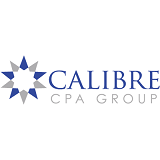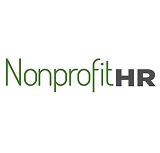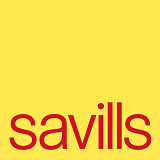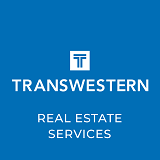
The FAR 5 Tips Corner – 5 Tips for Systems Selection Projects
By Brian Sheehan, Executive Vice President, Delcor
1. Form a core project team. The first step in ensuring a successful system selection process involves creating a cross-functional team that represents various areas of the organization, including finance. This helps generate buy-in and engagement throughout the selection process. The size of the group may vary depending on size and complexity of the organization, and it will be necessary to balance inclusion with pragmatism, as groups larger than 6-8 can result in scheduling difficulties.
Once constituted, the core project team should meet at the outset to the review the selection process, set ground rules, establish roles/responsibilities (this often involves creating a project charter), and craft selection criteria that will help guide decision-making activities throughout the process.
2. Identify, articulate, and document system requirements. Perhaps the most important step, this involves getting a comprehensive view of requirements and prioritizing them. This should include all the relevant areas of the organization, and often involves convening meetings with various departments as well as cross-functional groups (i.e., the renewal process may involve finance, membership, and marketing). It’s important to delineate the organization’s needs and wants – and to understand the difference between the two. It can be helpful to parse requirements into three groups: mandatory (those considered essential to the new system), preferred (items that would prove helpful and would promote additional effectiveness/efficiency, and optional (things considered as ephemeral, but may be considered ‘tiebreakers’). The objective is to tell the organization’s story – most often through a Request for Proposal (RFP) – that explains both the current state and desired future state with regard to the desired system. An ancillary benefit that may come as a result of gathering requirements may be steps that can be taken to provide short-term remediation of existing issues with the present system.
3. Create a demonstration script. Once a pool of suitable vendors has been established, it is important to draft and distribute an agenda to guide the discussion with potential partners. This helps avoid being captivated by the ‘bells & whistles’ that a standard demo often entails. Having an agenda that reflects the organization’s priorities helps keep the dialogue focused and on point. Often the RFP is distributed to the vendors in advance to inform the discussion. The selection criteria established in the initial phase of the project may serve as the basis for a ‘scorecard’ that might be used by demo attendees to measure the fitness of each vendor/platform. It might also prove helpful to wait until after the demonstrations have taken place to determine which vendors will be invited to provide a written proposal.
4. Compare costs carefully. It is important to note that various vendors have a wide range of pricing models and options. This can make it difficult—but not impossible—to obtain an ‘apples to apples’ cost comparison. Be sure to bear in mind not only the costs of implementation, but also the year-over-year costs of licensing, hosting, support, and maintenance. It may well be worth exploring if the vendor will engage in a two-phase engagement – the first involving a design study (also known as a system requirements analysis, discovery phase, or other similar names), to take a closer look at the organization’s requirements through the lens of their platform/product and provide options to achieve key goals. Do not hesitate to follow up with questions regarding any areas that are not completely clear at this stage.
5. Conduct client references. This can include both official (those provided by the vendor) as well as unofficial sources (found through peer networks, community lists, etc.). Consider the trade-off involved between having an independent third-party conduct these vs. staff reaching out to peers. The advantage of the former is having consistency in the process, while the latter can be useful in forging personal relationships with other client customers. If pressed for time, the essential questions are:
a. Was the project delivered on time?
b. Was the project on budget?
c. What is your overall level of satisfaction (Likert 1-5)?
d. Would you do it all again?
e. What would you do differently?
While finding the best match for your requirements does not necessarily guarantee success – diligence and attention to detail during the implementation process is also a key ingredient – by engaging in a thorough and thoughtful systems selection process, your organization can identify, assess, and choose the partner/platform that best suits your needs.
























